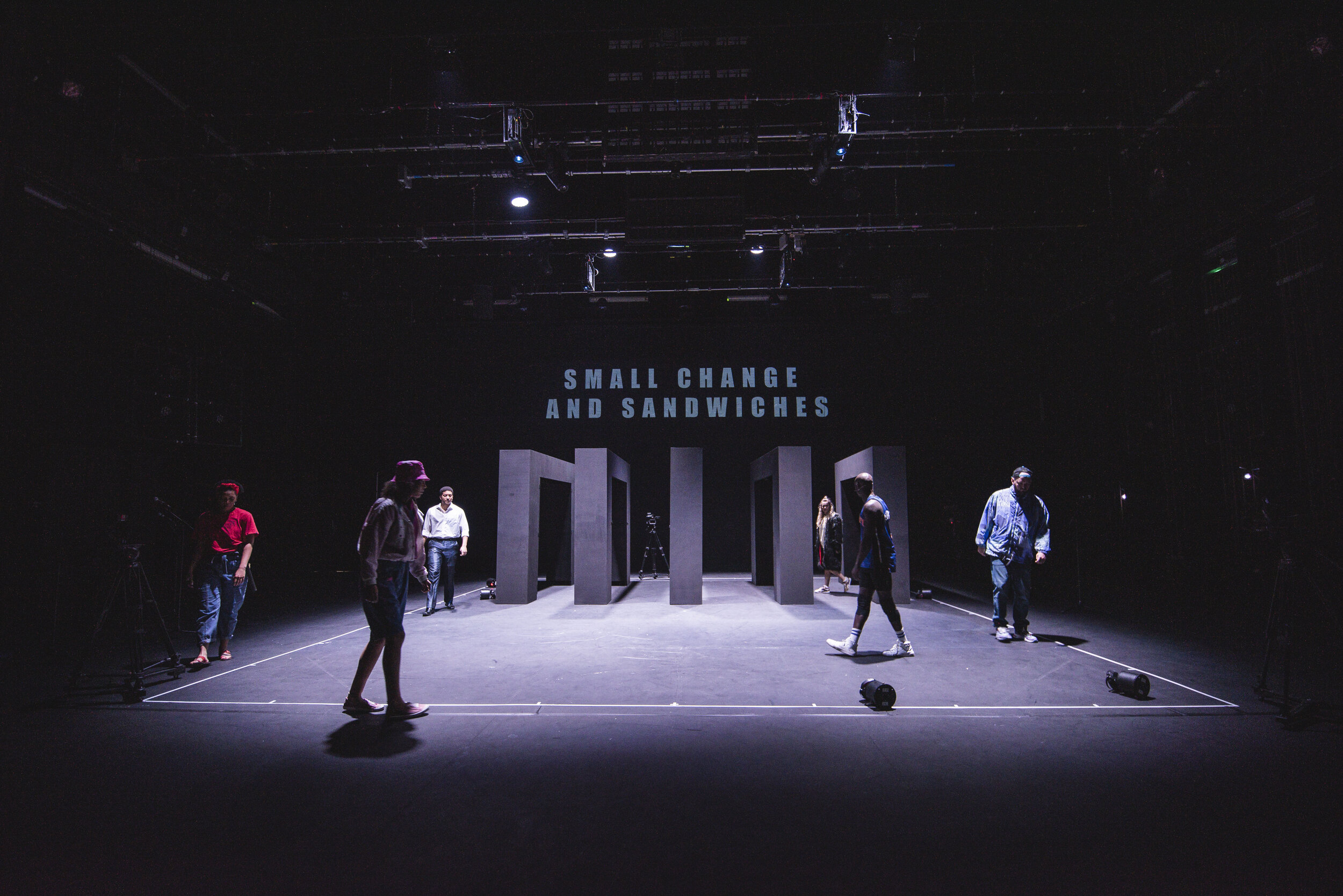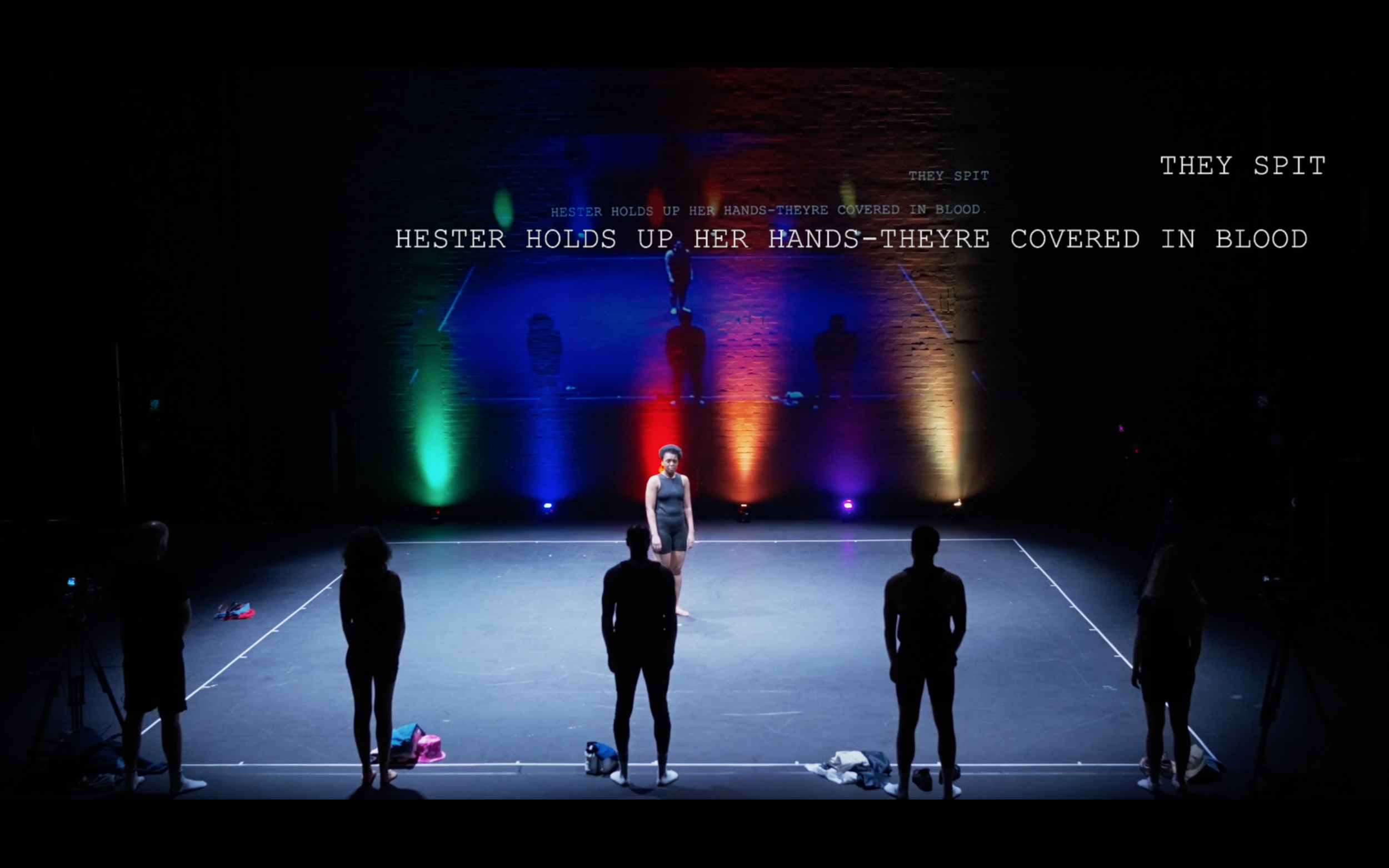In The Blood| Set & Costume Design
Written by - Suzi-Lori Parks | Directed by - Lekan Lawal | Produced by - RWCMD | Sherman Theatre (Main Stage) - Cardiff 2020 | Photography by - Kirsten McTernan
Originally staged in 1990, In the Blood takes inspiration from Nathaniel Hawthorne's 1850 novel The Scarlet Letter. Hester is a black, single parent with five children, they are living under a bridge and are struggling for food. The play explores layers of privilege, blame, poverty, and the treatment of black women in America.
“An otherworldly tale involving a noble Mother, her wayward Son, and others. Their troubled beginning, their difficult end. 19 scenes with songs.”
Story Boards
The production was created during the covid pandemic and had to be staged with two-meters social distancing between the performers at all times. I designed the arches at three metres wide (the inside was two metres) so that the performers could use them as a constant marker for social distancing. The production was also in rep with another show so it was essential that we could get out in thirty minutes. Finally, the show was due to transfer (this was eventually cancelled because of the pandemic) so it was crucial the set could be transported.
Costumes
I used a single key colour for each character to connect the child to the adult. The children are more vibrant and the adults more muted, until the end where we see a twisted Americana-god-like version of the institutions they represent. The adult loses their humanity and becomes an almost fever dream of Hester’s imagination and trauma.
Process
Working remotely meant that developing digital 3d models became the fastest and easiest way to share designs with the director. We originally starting looking at a space with naturalistic objects, a huge metal A frame structure representing a bridge and a floor covered in sand - which would give the actors a physically enduring task to manage through out the show.
The transfer venue uses a hemp flying system and so we decided to move away from heavy flying objects. The director asked me to move away from naturalism and so I started to focus on Hester's phychological state, specifically the dissociation she is experiencing due to the traumer in her life. This led me to focus on curtains that we could project onto, keeping the active enduring idea that came with the sand, I looked at having the children build the set around Hester.
This led me to develope the idea of a metal frame surrounding the space, mirroring the shape of the digital lense the world was literally being shot through. The draping of the curtains gave me a sense of a modern Greek theatre space which felt ideal with the constant social judgement Hester faced. Eventually we decided to to thicken the frames and put them on caster to give freedom to the actors and director to develope shapes in the rehearsal room.































































